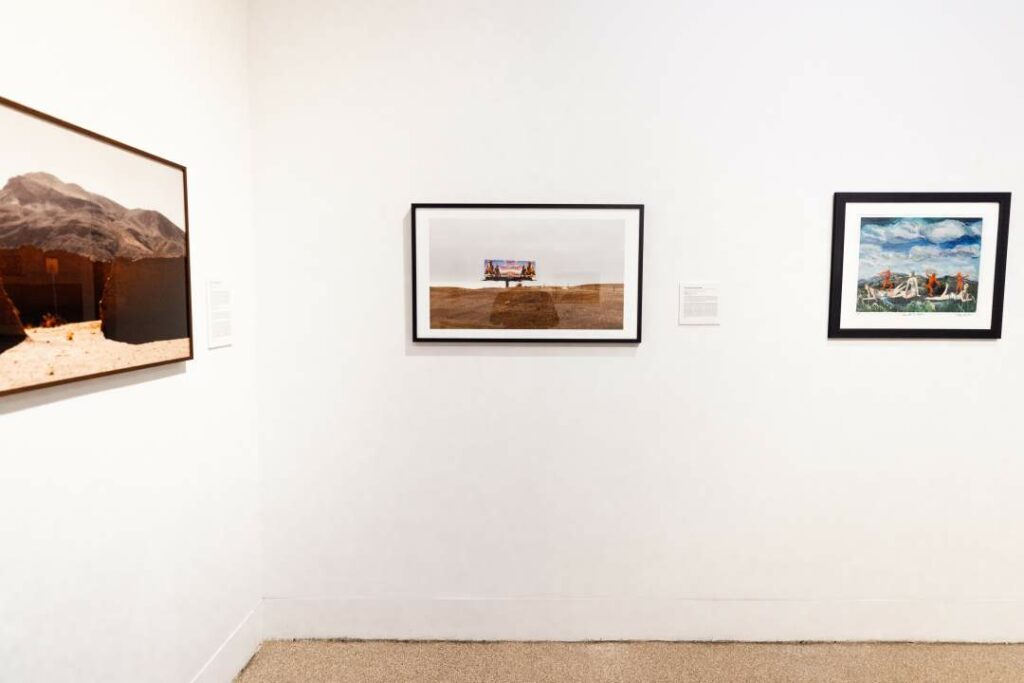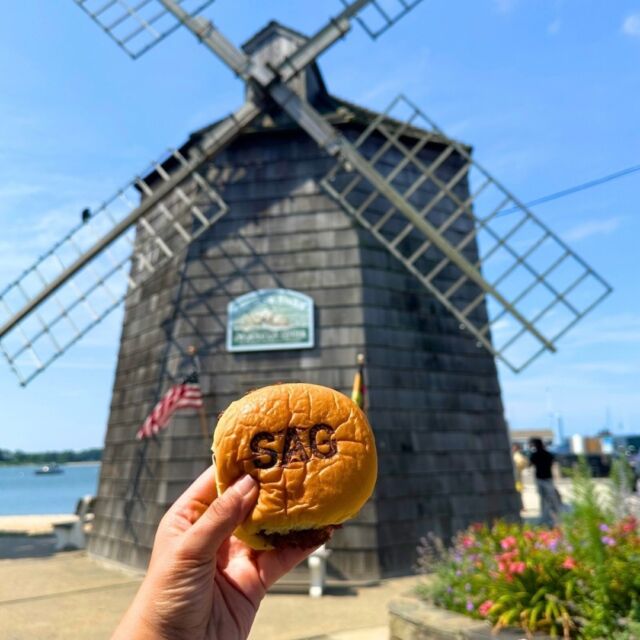Jeremy Dennis’ Modern Take on Ancestral Stories

For the Shinnecock Indian Nation, connection to the land runs from the ground beneath their feet to the bones of ancestors buried below, the tribe’s history and stories echoing across generations. For Jeremy Dennis, art has become his form of expression and giving voice to his tribe, past, present and future. “I always tell people we have been here for 10,000 years,” says Dennis, “We were stripped from our language and spirituality and the landscape itself. Art is a way to rebuild the community and identity through those means.” His fine art photography focuses on indigenous identity, culture and assimilation, pulling on Dennis’ family deep ties in Southampton as part of the Shinnecock Nation. He recounts, “My mom has the perfect photo memory and did the initial tribal enrollment through genealogy. She knows the stories of our ancestors and has committed them to memory.” He adds with a laugh, “I rely on Google.”

Dennis has curated the exhibition Outcropping – Indigenous Art Now at the Southampton Arts Center running through April 9th. The multimedia exhibition celebrates contemporary Shinnecock artists along with Indigenous artists from an array of unique sovereign nations throughout the United States. The exhibition addresses Native issues across the county, highlighting shared and individual triumphs and struggles.
Along with his MFA from Pennsylvania State University, Dennis had been awarded various grants and residencies. Dennis was one of 10 recipients of a 2016 Dreamstarter Grant from the national non-profit organization Running Strong for American Indian Youth. He was awarded $10,000 to pursue his project, On This Site, which uses photography and an interactive online map to showcase culturally significant Native American sites on Long Island. Most recently, Dennis received the Creative Bursar Award from Getty Images in 2018 to continue his series Stories — Indigenous Oral Stories, Dreams and Myths. Inspired by North American indigenous stories, he staged supernatural images that transform these myths and legends to depictions of an actual experience in a photograph.
Dennis comments, “The indigenous mythology that influences my photography grants me access to the minds of my ancestors, including the value they placed on our sacred lands. By outfitting and arranging models to depict those myths, I strive to continue my ancestors’ tradition of storytelling and showcase the sanctity of our land, elevating its worth beyond a prize for the highest bidder.”

Some of his most striking images are created by Dibond printing on metal. He explains, “It’s actually infusing the ink with the metal that becomes a permanent bond. You can order it in matt or gloss. I love that style. It’s like you’re looking through a window into the story. I want people to be immersed in what they’re seeing.”
As an artist who has received support from various organizations, Dennis is keen to give back. He says, “Being an artist is a luxury. All of the things that were offered to me I want to offer other people.” He founded Ma’s House & BIPOC Art Studio, a communal art space based on the Shinnecock Reservation which features a residency program for Black, Indigenous, and People of Color with an art studio and library which hosts an array of art and history-based programs for the tribe members and broader local community.
Dennis brings both a youthful enthusiasm and profound wisdom to his work which he sees in constant expansion. “All of my projects have no ending point and there is so much inspiration. In the Shinnecock Portrait Project series for example, there are about 600 of us who live on the Shinnecock Reservation and I hope everyone will feel invited to be part of this project multiple times to celebrate their story and life.”
When asked what he would like people to take away from his work Dennis states, “My art is all about creating as many open doors and new connections as possible. I want people to know that we are still here – and when they see us but don’t acknowledge we are natives – to understand we have a complex history. We will always return to the land.”


















![At @inspirseniorliving, they’re transforming senior living and elevating every dimension of life. With a philosophy that embraces enhanced wellness and immersive experiences, their communities offer residents a lifestyle that meets and exceeds everything they’ve envisioned for their lives; including Assisted Living, Memory Care, or Enhanced Care. [link in bio]](https://hamptonsrealestateshowcase.com/wp-content/uploads/sb-instagram-feed-images/452692090_1818077558601184_7837181803899896025_nfull.jpg)
![A winding private drive leads the way to 198 Two Holes of Water Road, situated on 10± acres with plenty of seclusion, privacy, and an all weather tennis court. After undergoing a top-to-bottom renovation in 2019, the estate has been marked by dramatic sculptural touches, wide expanses of scenic space, and is ready for immediate occupancy. Represented by @tomcavallo of @douglaselliman. [link in bio]](https://hamptonsrealestateshowcase.com/wp-content/uploads/sb-instagram-feed-images/452714375_18452144299030135_7245639606158274147_nfull.jpg)


![When Brooke Abrams undertook the interior decoration of an ultra-modern beach house designed by Bates Masi + Architects, her clients wanted everything to look very "rich and luxurious." In addition to unifying the interior space with the exterior space, Abrams sought to bring a sense of cohesiveness to the house. “It had a lot of beautiful pale woodwork in creams and beiges and greys,” she recalls. “Rather than introduce new colors, I felt it was important to stay within that neutral palate so that everything felt integrated.” [link in bio]](https://hamptonsrealestateshowcase.com/wp-content/uploads/sb-instagram-feed-images/452279191_374759435318292_2948881216648686178_nfull.jpg)


